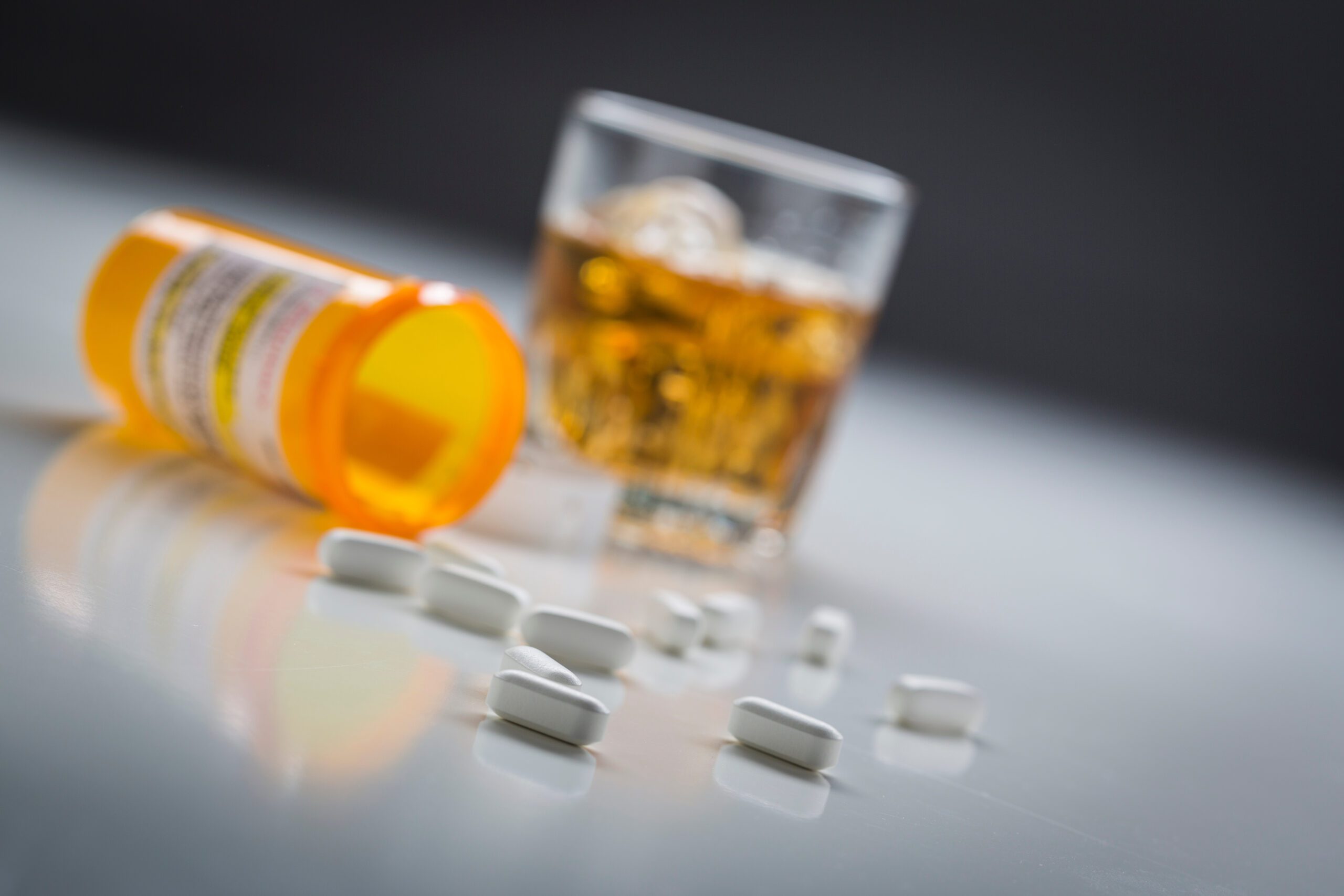| Logo of the United States National Institute on Alcohol Abuse and Alcoholism, part of the National Institutes of Health. (Photo credit: Wikipedia) |
Part 2: College, binge drinking and more
What are the consequences of college drinking?
Depending on your own life experience, you may already be aware of the consequences of college drinking, or at least some of the consequences. Maybe you experienced first hand a negative effect, or maybe you were drawn into an event as a parent of a college student. Fortunately, we don’t have to guess at how college drinking effects our lives, the National Institute of Health’s (NIH) National Institute on Alcohol Abuse and Alcoholism (NIAAA) collects data on this very important topic.
Quoting from their website, the consequences of college drinking include:
- Death: 1,825 college students between the ages of 18 and 24 die each year from alcohol-related unintentional injuries.
- Assault: More than 690,000 students between the ages of 18 and 24 are assaulted by another student who has been drinking.
- Sexual Abuse: More than 97,000 students between the ages of 18 and 24 are victims of alcohol-related sexual assault or date rape.
- Injury: 599,000 students between the ages of 18 and 24 receive unintentional injuries while under the influence of alcohol.
- Academic Problems: About 25 percent of college students report academic consequences of their drinking including missing class, falling behind, doing poorly on exams or papers, and receiving lower grades overall.
- Health Problems/Suicide Attempts: More than 150,000 students develop an alcohol-related health problem and between 1.2 and 1.5 percent of students indicate that they tried to commit suicide within the past year due to drinking or drug use.
What are colleges doing to combat college drinking?
A group of researchers asked the same question. The results of their study were published on-line last week in the journal Alcoholism Clinical & Experimental Research: College Law Enforcement and Security Department Responses to Alcohol-Related Incidents: A National Study.
The researchers were from the Department of Behavioral and Community Health, University of Maryland, College Park, Maryland, the University of Minnesota School of Public Health, Minneapolis, Minnesota
and the University of Minnesota Medical School, Minneapolis, Minnesota. The principal investigator was Traci L. Toomey, a professor of public health at the University of Minnesota.
The researchers did a first of its kind nationwide study surveying directors of campus police/security at 343 college campuses. The survey asked specific questions as to the usual and customary practices carried out by campus police when serious, underage, and less serious alcohol incidents occurred both on and off campus.
According to USA Today, quoting Dr. Kenneth C. Winters, co-author of the study:
“Study results showed that it was rare for campus security or law enforcement officials to issue citations for students involved in an alcohol-related violation or incident. It was also not typical for these students to be referred to a campus health center to be evaluated for a possible alcohol problem. Rather, students were usually referred for discipline or sanctions to other university officials.”
Also, Dr. Traci L. Toomey told USA Today:
“There are probably few colleges that have a system in place that integrates strategies across departments. Campus security should be trained on what steps should be followed, including where to refer students following an incident.”
Colleges in the State of Maryland have formed a collaborative to fight excessive drinking











